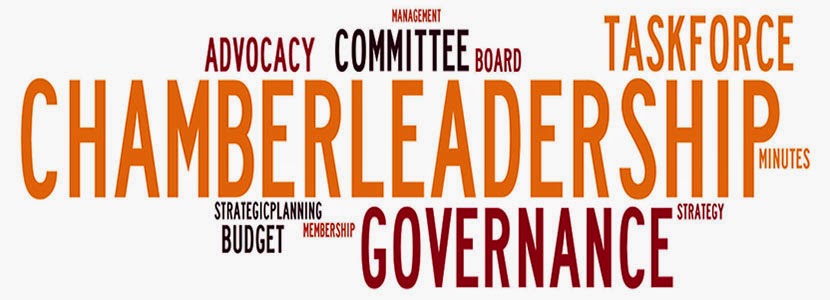They focused on three cycles; enhancing the first year of board service, finding pathways for continuing board service and past presidents & chairmen can be a powerful resource (or missed opportunity).
The following are my notes on a great discussion around a board members term of service or life cycle.
Enhancing The First Year of Board Service
- Staff needs to take the lead and set the expectations for board service. Do you have a job description for new board members?
- Help board members find and align their passion and capacity to serve the needs of the organization.
- The first year sets the stage for the board members remaining time of their service.
- Ways to get your new board members engaged: share important documents with them, introduce them to key senior staff and connect them with a former board member. Give them the tools to be effective.
- And finally, review their first year’s participation and set goals for them going forward.
Finding Pathways for Continuing Board Service
- Four ways to refocus their engagement – lead as an experienced board member, choose to serve as an officer, serve an additional term or ending their service on a high note.
- Lead – raise the bar on efforts, take an expanded leadership role, and thoughtful engagement.
- Serve as an officer – or serve as a committee chair. This is a great way for you to see growth in a board member and where they might end up down the road. It’s important to determine if that board member has the capacity to serve and whether it’s a good fit or not. They had a slide that had the four attributes that Mike feels is needed to be an officer; Capacity, Fortitude, Skills and Passion.
- Serve an additional term – as a general rule, our board members serve two-year terms, renewable for up to three times. If it’s not a good fit, maybe it’s time to say thank you for your service to that board member that just hasn’t engaged with the program of work of the chamber.
- Ending on a high note – be thoughtful and purposeful when working with your board members who are ending their volunteering. This will ensure a positive experience which in turn will help you with continuity moving forward and still have the support of that retiring board member.
Past Presidents & Chairmen Can Be a Powerful Resource (or missed opportunity)
- They have the knowledge of your organization from their experience and it’s important to keep them involved in some capacity without them overpowering the work of the current board.
- I’ve written about this in the past, do you have a quarterly meeting with your past chairmen? They no longer have a dog in the fight and can give good counsel on programs that you might want to sunset – (think sacred cows).
- Ambassador role – fundraising, awards committee, ribbon cuttings, etc. What a great way to have a past chairman serve in these roles and it shows the community the importance you’ve put on this program of work. That’s a win/win for both them and you!


